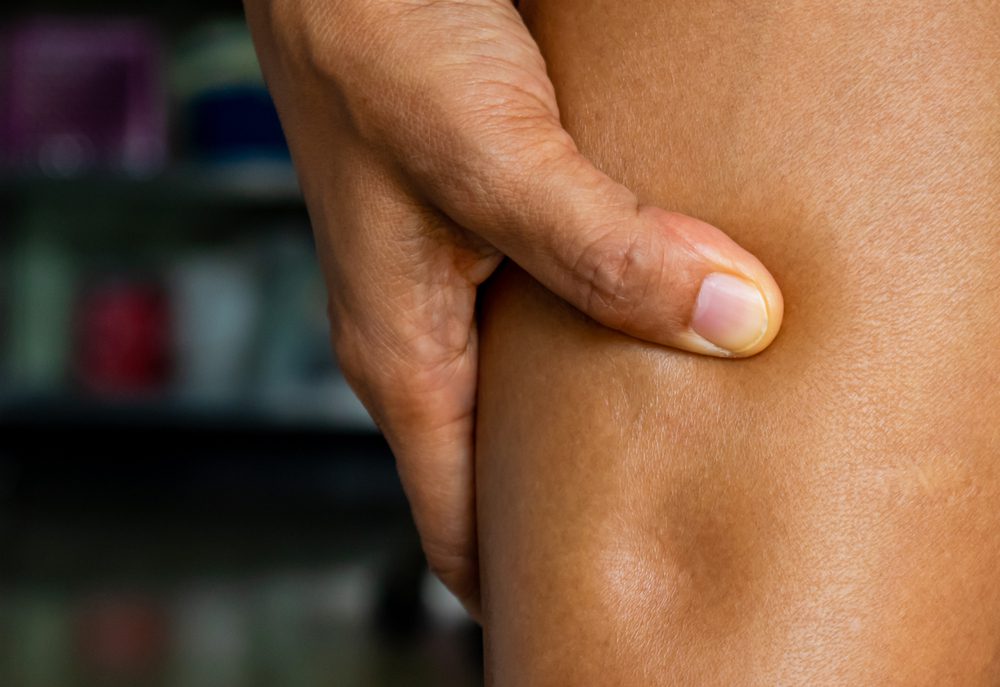
Edema
Edema is a medical term generally used for swelling. When we’re talking about edema, we’re talking about fluid trapped in the body’s tissues. Generally, it affects the legs and feet, but it could also appear in other parts of the body, like the face or abdomen.
Other well-known signs of edema could include:
- shiny, stretched skin in the area
- skin that remains dimpled after pressing it
- discomfort and reduced mobility
- coughing and difficulty breathing if the lungs are affected.
Treatment
Edema usually goes away by itself, but there could be an underlying cause that requires medical treatment. Home remedies could also include wearing support stockings (here is our top recommendation), reducing your salt intake, and even lying down while you’re raising your legs above your chest. If the swelling doesn’t get any better, a person could talk to their doctor to check for any underlying causes.
Foot and ankle injury
Trauma in the area of the foot or ankle might cause swelling in other areas of the body. For instance, a sprained ankle, which could occur when the ligaments are overstretched, might cause your foot to swell.
Treatment
In order to treat a foot or ankle, you should elevate the foot as much as you can and try not to bear any weight on the affected leg. You can also use an ice pack or compression bandage, as it might help reduce the swelling and over-the-counter pain relievers that could ease the discomfort. If the swelling and pain don’t go away, you might want to see a doctor to rule out any possible severe damage.






